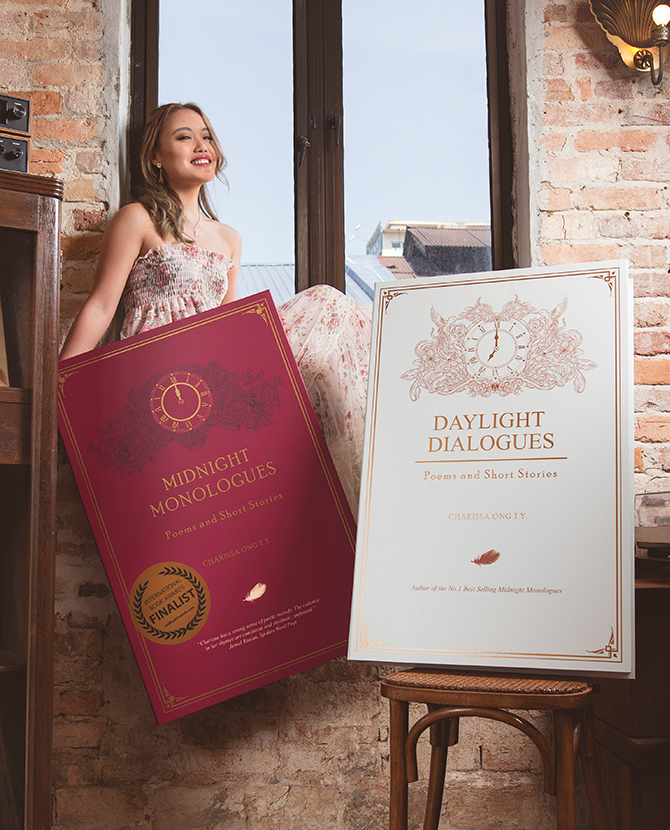A UX Designer by day and a daydreaming author all the time, Charissa Ong juggles two full-time professions like a pro. When Ong couldn’t find the right publisher for her first book, Midnight Monologues, in 2014 and experienced repeated rejections, she decided to take matters into her own hands and opened her own publishing house, Penwings Publishings. Talk about a #bossgirl attitude—we stan.
Her two published books thus far, Midnight Monologues (2014) and Daylight Dialogues (2018) have received rave reviews from local and international readers alike. Her repertoire includes being a finalist for the 2017 International Book Awards “Poetry” category as well as MPH’s Best Paperback Fiction Nominee in 2016. Both books have also made it to MPH’s bestsellers 2020 list alongside Tan Twan Eng’s The Garden of the Evening Mist and Haruki Murakami’s Killing Commendatore. Ong has quickly become one of Malaysia’s top 10 bestselling authors and it’s not hard to see why.
We had the pleasure of interviewing the author and publisher about all things books and more:
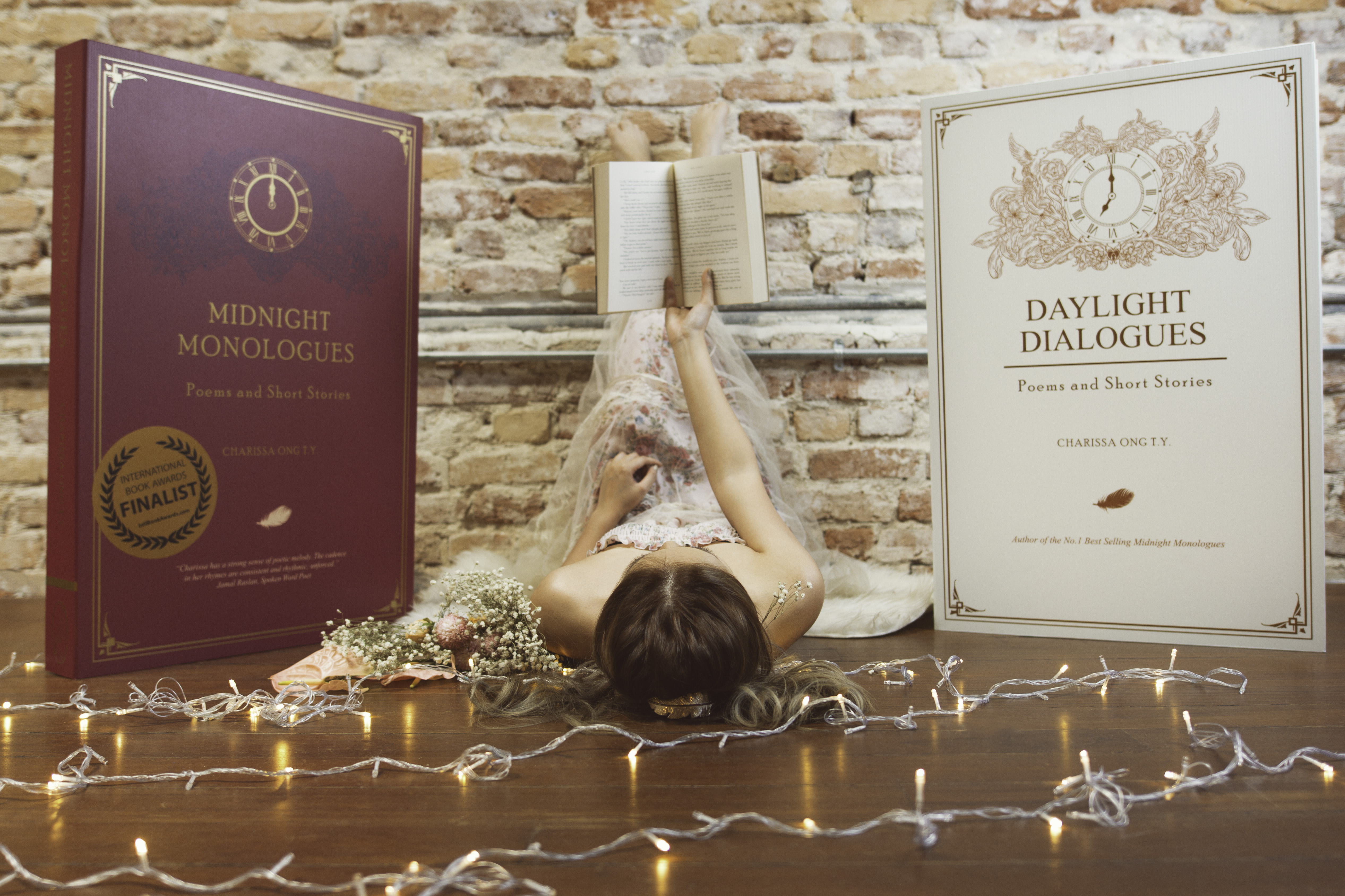
How do you feel about your books being so well-received; and how did you celebrate?
“I’m still in shock but I’m so grateful to be able to get the amount of support I have from my readers. They tag me on Instagram at @cotypoems and tell me how a certain piece speaks to them or helps them heal. I find that very humbling and fulfilling—it’s like I’ve made my mark in the world. To be honest, I’ve never actually held a party or anything when my books hit the bestsellers list. All I did was dance around a little in my room and scream into my pillow—but that’s about it!”
You’ve stated that you actually disliked reading growing up. When did your writing journey really begin? Have you always wanted to become an author?
“Being an author was the last thing on my mind. I’ve always wanted to be an artist or a veterinarian when I was in primary school. I hated reading until I stumbled upon the Twilight saga by Stephanie Meyer when I was 17. I’ve only started reading it because everyone was on it, and I took the longest time to read a page even though the language was so simple. It was peer pressure. I actually had an Oxford Dictionary beside me when I read it. I used to blog a lot as a kid, but nothing much came out of it.
“I only really started writing seriously when I broke up with my first real boyfriend in college. It was heartbreaking. I kind of took writing as my solace and put my typewritten poems up on Instagram; and it took off from there. Even then, I thought that being an Instapoet was all there is to it. But it was only when a commenter mentioned about buying a book if I had one, did the idea come about.”
What is the usual creative process for you when you’re writing a poetry or short story piece?
“I write poetry at any time of the day, but mostly at midnight when I’m about to sleep. I do keep a cadence of two pieces of poetry a week so that I don’t fall out of practice and lose quality. I never post the same poem twice although many Instapoets do so to get their algorithms up.
“I’ve never truly experience writer’s block because my notes are always filled with keywords and ideas for me to use as and when I have time to write. My poetry pieces range from one stanza to eight or nine stanzas. Depending on the length and complexity of the topic, I would usually take anywhere between 20 minutes to three days to write one. The shorter the piece, the more difficult it is for me to write it.
“For short stories, I usually build up an outline first before going into the actual writing of the story. They are a different kind of challenge because my story has to be consistent throughout and that I have to be in the zone.”

Where do you get most of your inspiration from? Do you have a favourite author?
“I have actually explained it in detail in this blog post on that you can check out here!
“But if I would pick my all-time favorite author, it would be Yuval Noah Harrari and his book Sapiens. I appreciate non-fiction and their learnings and how he made me feel when I’m reading it—it was like reading a very fun fictional story!”
You’ve mentioned that it was particularly hard getting published in Malaysia because most publishers in the country publish education books rather than fiction. What are your thoughts on the local publishing industry?
“The current publishing industry is in survival mode. The only book demand that’s consistent is education. I don’t blame them for doing something they are comfortable with doing and refusing to expand to fiction—maybe they have tried it and have seen poor results.
“They have set up an ecosystem of buyers and suppliers who already know what they can get from these publishers and trust them for it. Opening up and selling fictional books is a huge gamble, especially with the terrible statistics of books read a year by Malaysians. Also, these publishers are mostly from prior generations who would not have the exposure to the current niche market of short poetry and ‘bookstagrammers’.”
Some publishers have thought that you were too young to be published. Do you believe in the age-old saying, “the older, the wiser”?
“There are certain expectations for good authors to only be in their 60s and 70s as they have already lived a life of colourful experiences—only then would they achieve a certain amount of credibility to teach others and immortalise their thoughts. I think this works for books that specialise in non-fiction which requires years of research to master.
“Fiction is a little laxer. There are no specific rules you need to adhere to. I just hate the fact that people think writing books is something only retirees do. Times are changing. Younger scholars and writers have way more access to information now—they learn quicker and retain information longer.
“If you are older, you are wiser in making decisions because you have made more mistakes. If you are younger, you are wiser in developing new ideas because you are not bound by those mistakes. The world needs a balance of both innovation and control.”
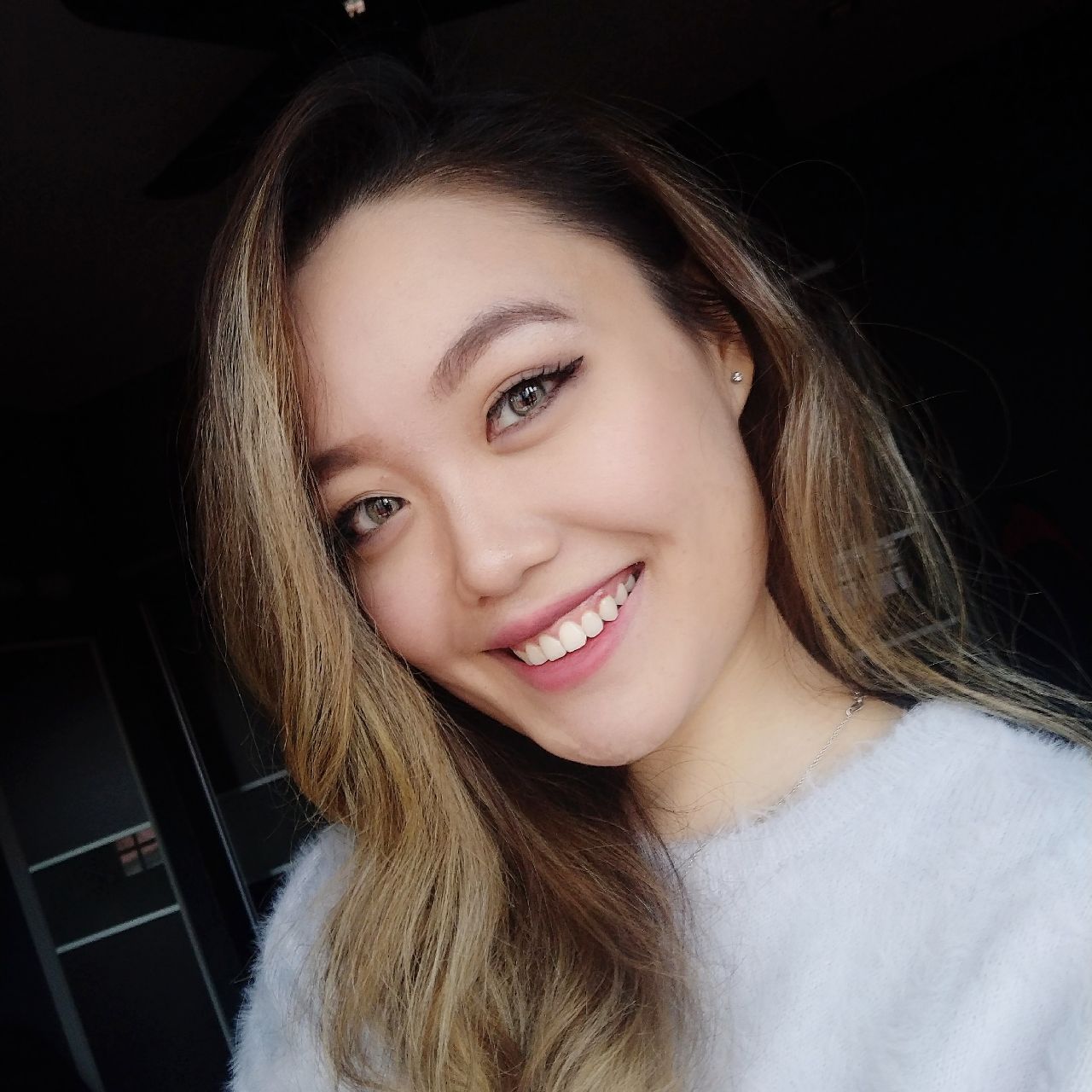
There was a startling report in 2014 by the National Library that states Malaysians on average read 15 books a year. Given the reading culture in Malaysia, do you think there is a market for local authors?
“I actually had a more pessimistic view of only one book read a year by Malaysians! Readers do tell me that they are happy with my books (even though it’s the only two books they’ll ever read in a year). I really hope my book has the same effect on them as how Twilight introduced the world of reading to me.
“But I’d say that the reading numbers are definitely growing. I get a manuscript submission every week and it’s getting a little bit tough for me to go through them all. My end goal is to introduce Malaysian authors to the international market anyway so that people can stop thinking we live in trees.
“Therefore, to emphasise this, I always encourage works that are easily translatable or preferably in English because they do get distributed and consumed easier.”
Your books now come in ebook versions as well. How important do you think it is for current authors now to adapt to the increasingly digital age we live in?
“It’s extremely important—I’m even looking into Audio Books as well. I have one Podcast Episode too. To effectively distribute your work, you need to understand your target audience’s behaviour. And where are they most of the time? On their phones, of course!”
Are you more of a traditionalist who prefers physical books or are you embracing this new digital reading experience?
“I prefer physical books. They don’t hurt my eyes and I love the smell and sound of them. With ebooks, you’re losing two senses! I used to use my Kobo for convenience’s sake but I’ve discovered that most of the joy I get from reading is actually flipping each page and holding the actual book in my hands. Plus, I’m a book hoarder. Looking at my books arranged on my shelves is a lot like looking at expensive paintings to me!”
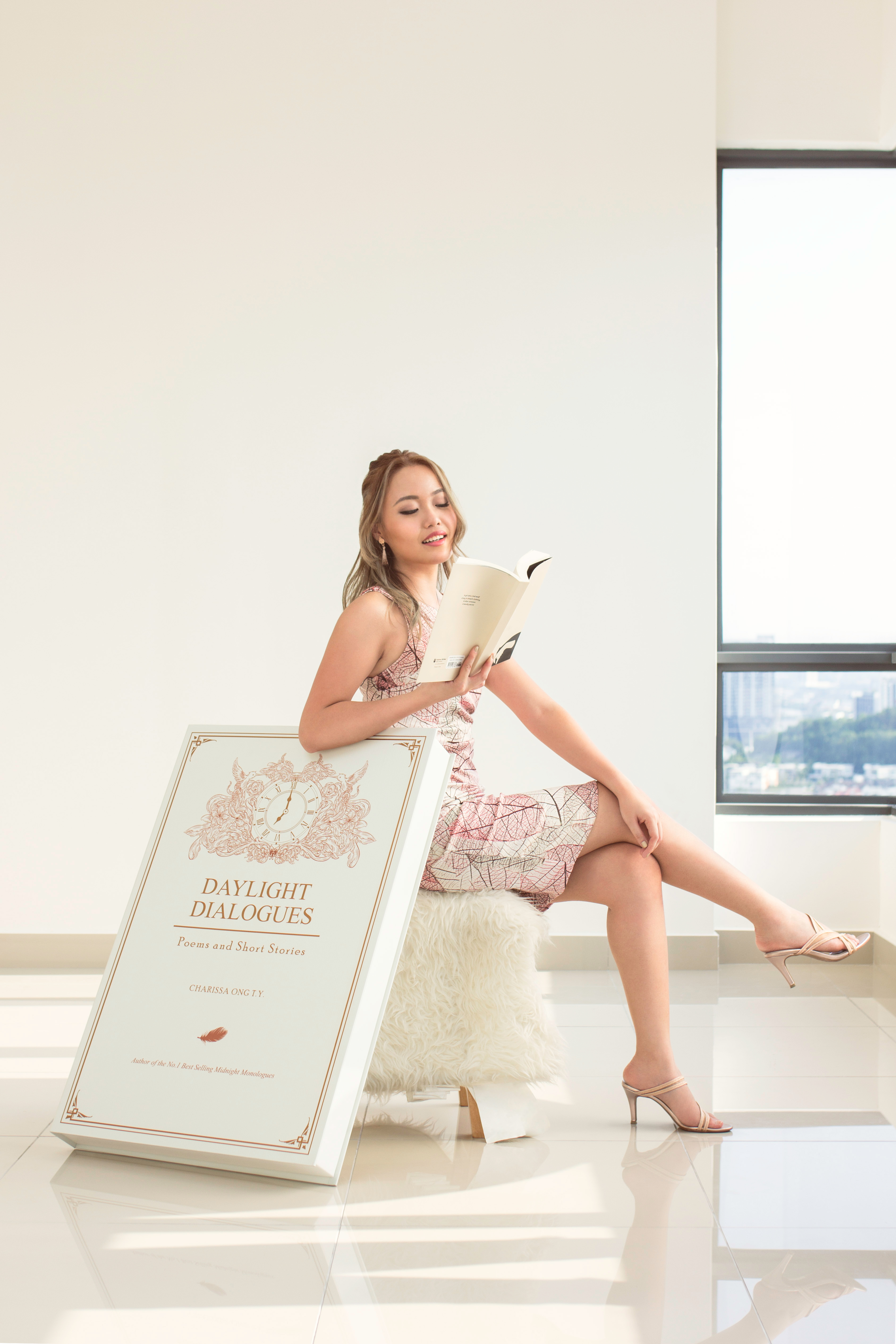
What were some of the biggest challenges you faced when starting your own publishing company?
“Building a network of contacts from scratch. There were a lot of pitching and meetings that I never expected to have to do, such as setting up a process with my printers and formatting all the files. I still do it now and it’s incredibly tedious. I’m thinking of hiring more help already. But my mother is always patient with me when she teaches me how to do it. I have to be accountable for my personal investments after all!”
Did you think debuting a collection of poems and short stories was a risk, especially in Malaysia?
“It was, but it was a low risk. I had identified my market and my competitors early on and Malaysians seemed very open to poetry and short stories.”
What is it about poetry that you love compared to other modes of writing?
“I love poetry because it feels nostalgic. I’m a huge fan of Disney songs and somehow I feel there’s always a little magic when you read a piece that has rhythmic rhymes. Also, my target audience are people who are always going through a tough time. The format of poetry allows me to ease them into complex ideologies or unearth buried emotions in a concise and simple way.”
Do you have a poem in your books that you particularly love and hold close to your heart?
“My poem Try. It’s a diminishing poem in my first book Midnight Monologues. What I love about it is that its content fits the format of the poem very well. The love of the other person diminishes as the number of words diminishes as well. The expectations of love of the author from their lover also diminishes. It’s a very sad poem but I feel like this piece hits the mark in terms of design (I’m a designer after all) and story-telling.
Try loving more than I love you.
Try loving me more than I love.
Try loving me more.
Try loving me.
Try loving.
Try.“
Writing a book is a deeply personal and intimate process. Did you ever struggle to be vulnerable and open when writing your pieces?
“I’m quite an open book when I’m writing (pun intended). I may seem very sad and philosophical in my writing but in real life, I’m quite a happy-go-lucky person who always smiles. I write on a range of problems and topics currently, so it’s difficult for a reader to identify if it’s a personal experience or not—I do like playing this game!”
Your publishing house only publishes one work a year. What is your selective process going into picking one manuscript out of the many thousands that you get?
“I’m looking for work that fills these criteria:
- Mastered the basics of grammar, spelling and punctuation
- Content that would appeal to people of all ages; not too bombastic yet not too simplistic at the same time
- Engaging content that can be marketed internationally
- Challenges the reader’s perspective and personal ideology in a respectful way
- Has the right goals and attitude as to why they want to publish a book (if you’d like to make money out of this, I’d suggest a more lucrative job)For those who’d like more information do reach me personally here.”
What vision do you have for yourself as an author as well as your publishing house?
As an author—
Vision: To increase the love of writing and reading in Malaysia
Mission: To participate, inspire, and contribute my ideas and experiences in events, workshops, and appearances that promote the love of reading and writing in all Malaysians
As a publisher—
Vision: To see more underrated Asian talents excel in mainstream, international markets
Mission: To increase the average of books read per Malaysian per year by publishing one or more relatable, impactful, digestible content every year nationwide and globally
Could you tell us a little more about what your new book will be about?
“A lot of people have been requesting that I release a book with illustrations. This idea originally came about when I collaborated with Amazing Fables and created my own customisable journal poetry short storybook. You can select your totem and colours and have the book delivered to your doorstep, and your name will appear in the short story making you the leading character of the story. (Have a go at it here.) The story talks about self-identity from birth until maturity. It’s great for all ages and I wrote it in a way that the reader can redefine their goals. I also hope What Does Your Name Mean encourage readers to dream big.
“The one I’m about to release is a standard version with a fixed colour and totem that will come in a box set with the hardcover versions of Daylight Dialogues and Midnight Monologues for RM99. Due to the Covid-19 pandemic, the release date has been postponed to August. The box set is called Poethree O’ Clock, comprising three poetry books.”
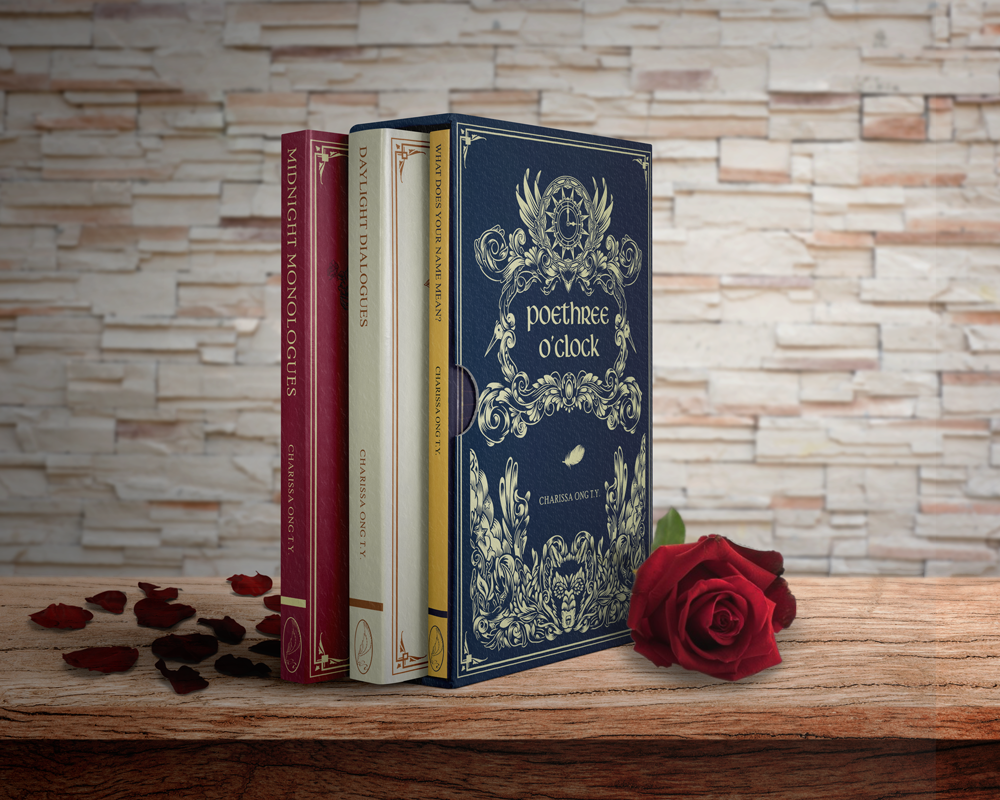
Lastly, do you have any advice for local aspiring authors who dream to have their book published one day?
“Read, analyse best-selling works, and practice. Do it on repeat with discipline and you’d get to where you need to be.”
Here is a poem Charissa Ong personally wrote for us about the current MCO period.
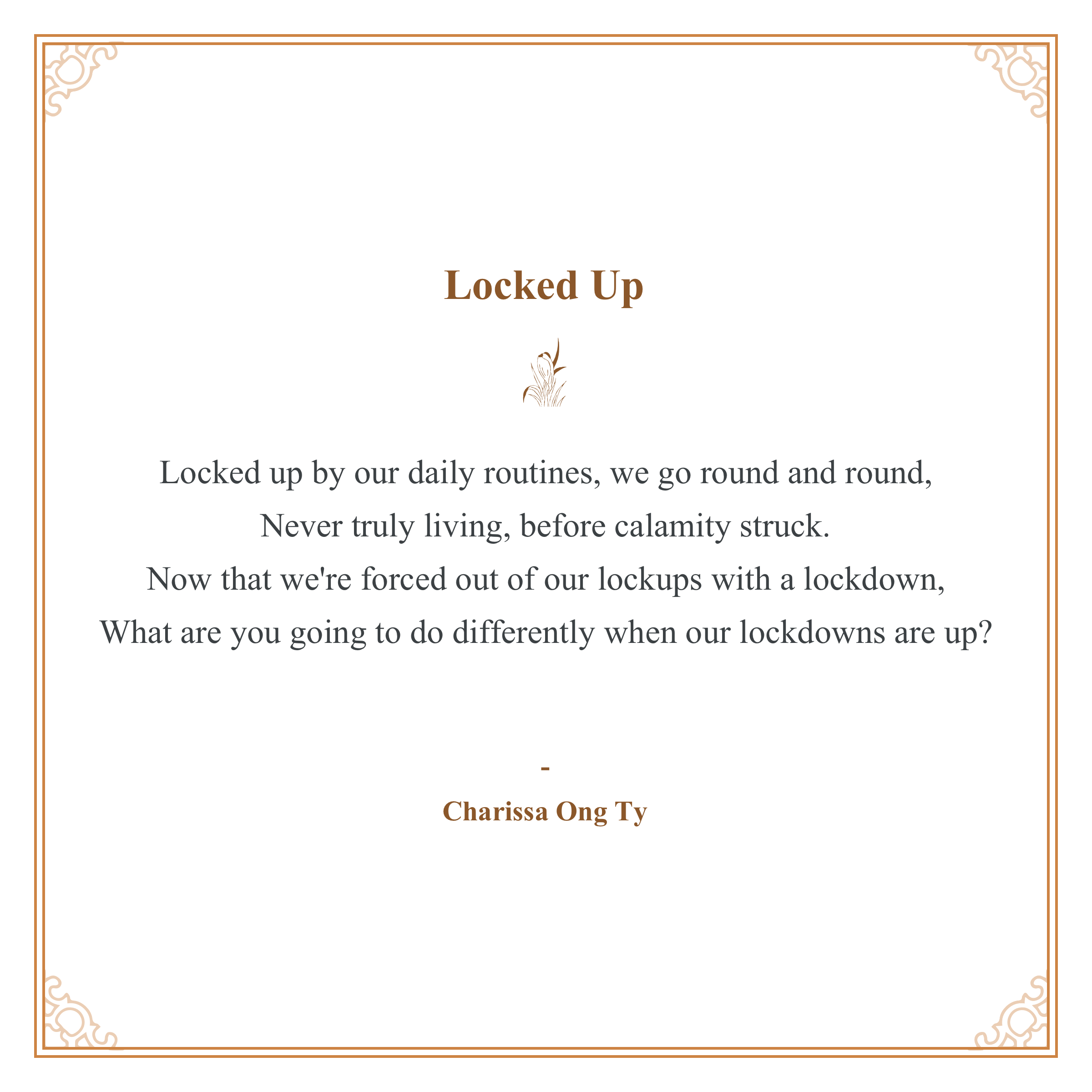
If you haven’t already checked out Charissa’s works, be sure to add them to your reading list during this MCO. For more book-related content, find it here.
| SHARE THE STORY | |
| Explore More |
